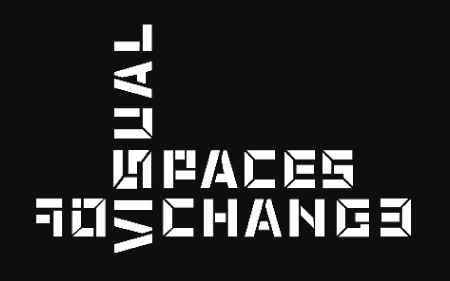The photographic projects shown here are part of a broader set of works developed by students enrolled in the Curricular Unit of Photography and Cinema in the Master’s Program in Multimedia at the Faculty of Engineering of the University of Porto (FEUP) in the 2019-2020 academic year.
Porto is under construction
by Ana Carvalho Santos
Porto is under construction. In each corner a road work, in each corner a crane. The city is being redone, rebuilt. While it is not, we are bombarded by works under construction that appear with every step we take. The growth of tourism, the arrival of new residents to the city, displaced students who come to Invicta, looking for a home, a space, help this growth of shell-work to be done. The city asks to be enlarged and able to receive as many people as possible. We observed a picking of the buildings that remain, remaining parts of buildings and those that are demolished for new ones. A selection and ,on the other hand, a junction of past images with future projections. The old buildings interconnected with the new, the junction of the past with the future and the heterogeneous construction of the city. This photographic work is embodied in the project Visual Spaces of Change, proposed in the Curricular Unit of Photography and Cinema (PC) by teacher José Carneiro, incorporated in the study plan of the Master in Multimedia: Culture and Arts (MM) of the Faculty of Engineering of the University of Porto (FEUP).
Unfolded body, repaired gaze
by Ana Rita Rodrigues
The instant photograph toppled the Bridge. The Bridge toppled the iron. And iron is no longer iron. Facing an object which, in its iconicness, tends to be represented in homogenized photographic and visual cultures, perhaps a more intimate relationship between the subject who gazes and the gazed object may be a strategy for recovering the organicism that precedes its iconicness. Thus, this photographic series appears as a proposal for a space of symbiosis and experimentation; a space where a body unfolds in itself, helped by a mirror beyond the camera, searching for new angles and perspectives, so as to recover that other organic and lost body, as well as to repair this (absent) visual culture. In this photographic series, as it is intended by the body that glanced and photographed: may the iron become iron again.


 Teaching Photography FBAUP
Teaching Photography FBAUP












